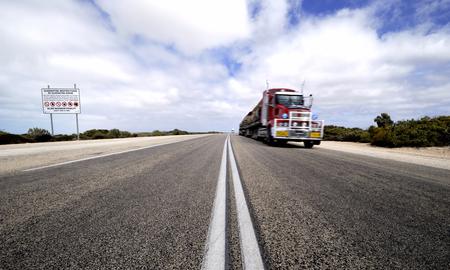Blog
Freight access in flood-impacted regions
In the aftermath of the flooding disaster across NSW, the priority is to ensure accessibility, safety and the continuation of business in affected areas. As outlined by Roads & Infrastructure Australia there is increased road access being granted to higher priority vehicles in NSW in order to keep up supply to areas impacted by flood. So why can’t we move freight on the rail network?
Nationwide, the rail network in Australia is outdated and unable to keep up with Australia’s increasing national freight volume. Deputy Premier John Barilaro said “the flooding has impacted a number of our rail lines and we are working to get them back up and running as soon as possible. In the interim, we are ensuring we can move essential goods by road in safe modern transport vehicles.” But, as surveyors, we are aware that the rail network has been insufficient for sometime, without the impact of flooding, and our road network does not have the required capacity to meet increasing levels of freight.
As technology increases, new trains are entering the market, stretching our existing rail network. The Inland Rail project, once completed, is expected to more than double the movement of freight by rail in Australia by 2050, reducing reliance on roads and creating opportunities for regional Australia. In addition to freeing up the roads and improving road safety, the Inland Rail will reduce congestion on existing rail on the eastern coast, largely used for transporting passengers.
In terms of access, the new network will provide an alternative route to travel south of Queensland. This will make the nation's freight network less vulnerable to weather events like the recent floods. With more reliable freight, the economy is set to benefit greatly from faster transit times and better connection.


